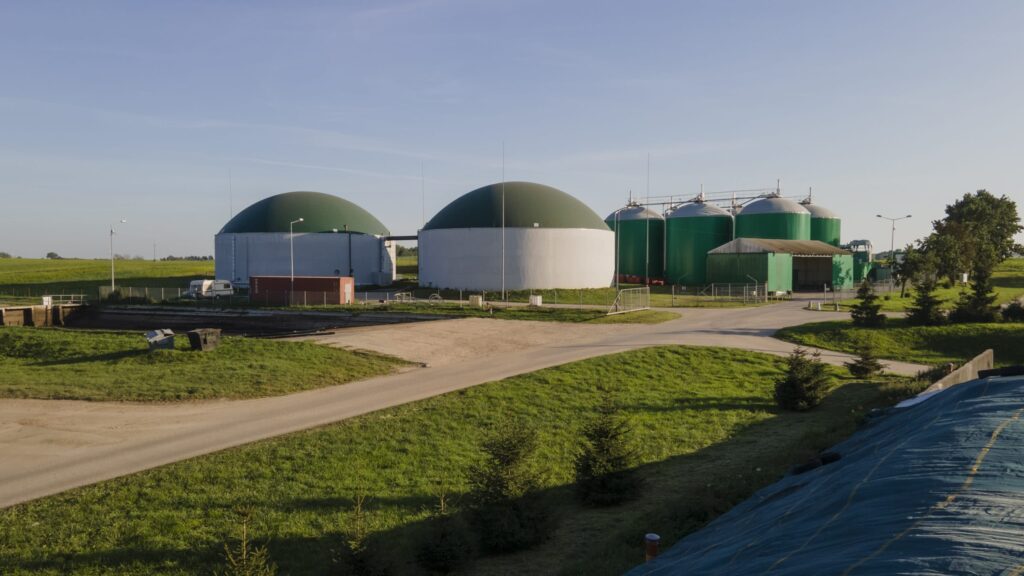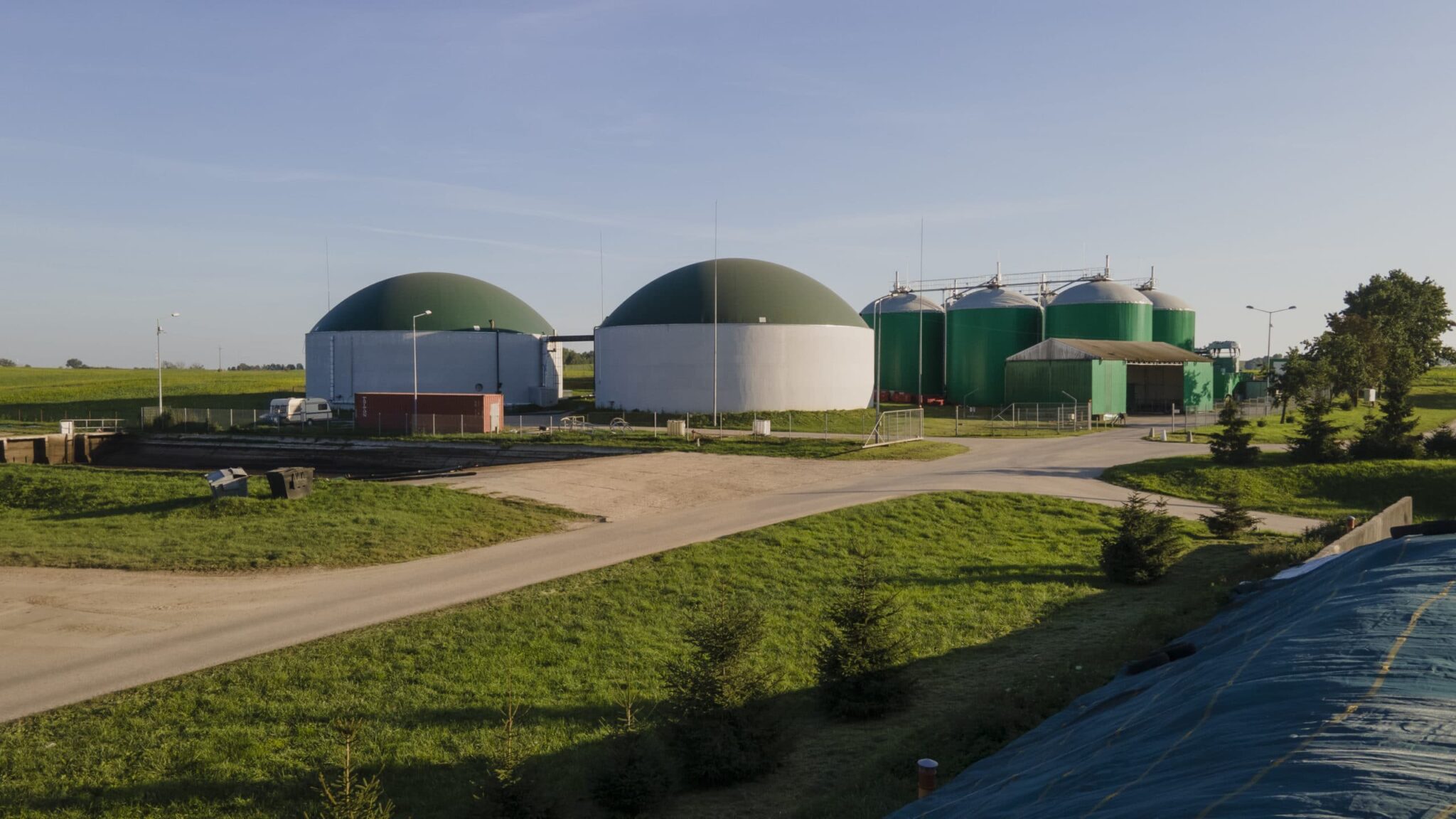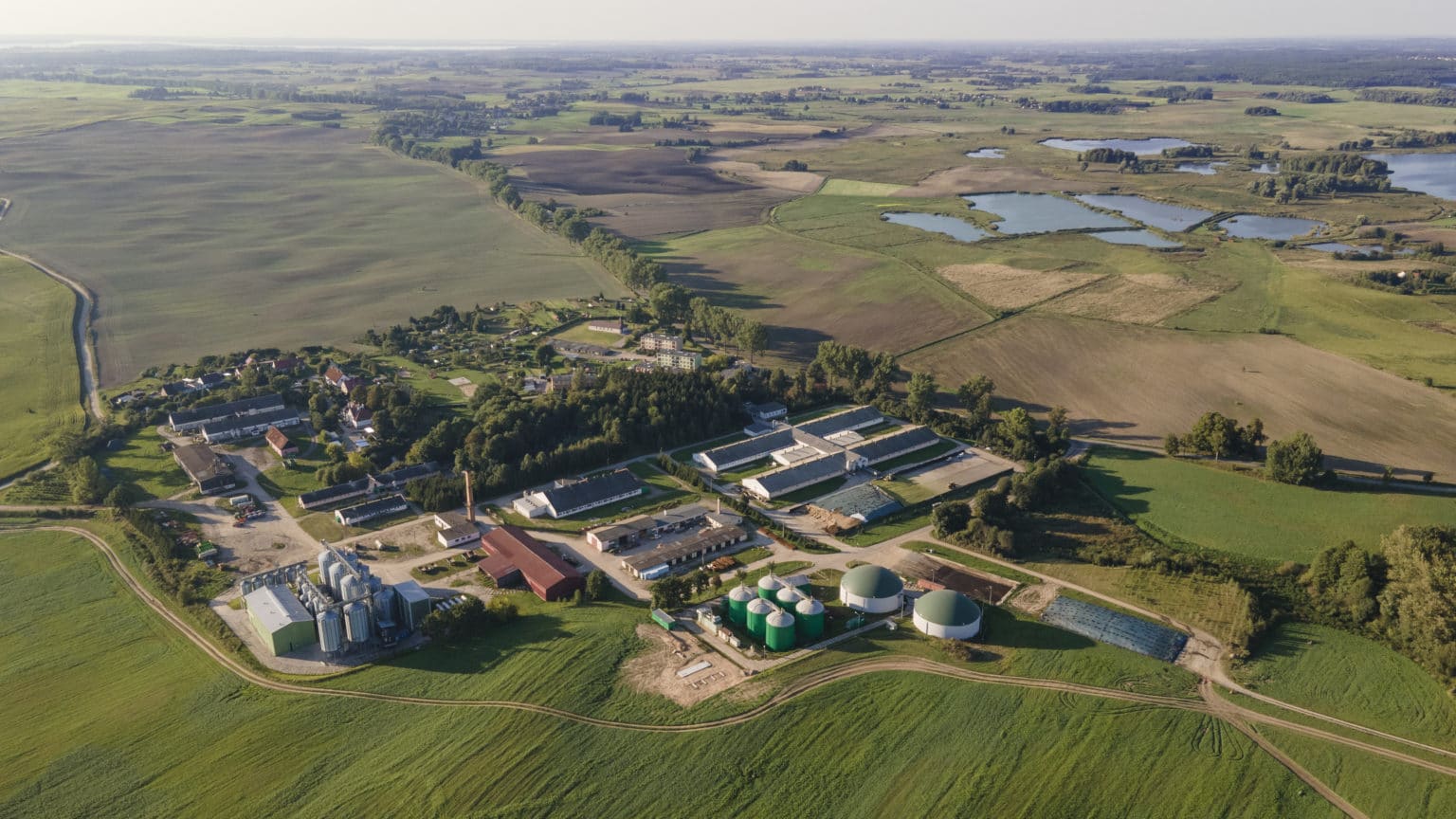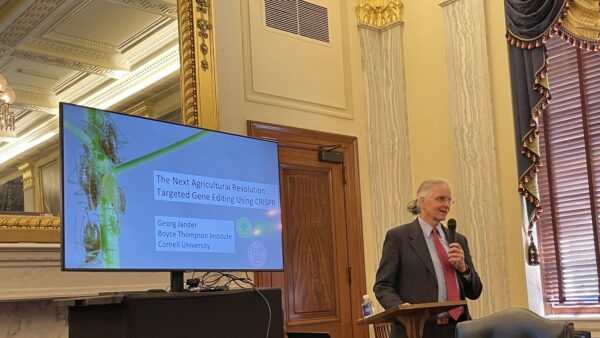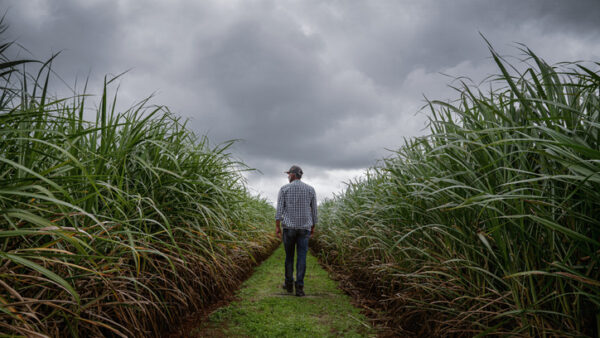Europe is highly dependent on external gas suppliers, which is strongly emphasized by the Ukraine-Russia conflict. To increase EU’s resilience regarding the ongoing and increasing energy crisis, the European Commission on 9 March 2022 announced that it had doubled its objective for home-grown biomethane production to 35 billion cubic metres per year by 2030.
As seed company we are well prepared, as we have started breeding for biogas specific varieties decades ago, already in the early 2000’s. As for corn, we select varieties that are high in biomass production and show other good agronomic characteristics, but also have a good biogas quality with a high crude fat, or such as a good fermentable cell wall.
“And what is also unique for our company, is that we started breeding cover crops that are suitable for biogas production. With that we were the first seed company that started such activity, back in 2012,” says Antoine Bedel, forages and cover crops technical Manager at Lidea.
There are several benefits for the farmer to grow crops for biogas production. It is cost competitive, and among the renewable energy sources, biogas is one of the most stable, because you don’t rely on wind or the sun. And you can use the biogas slurry as fertilizer on the farm.
“And from a climate change perspective, growing sorghum for biogas is great, because sorghum needs less water than most other crops,” shares Frederic Guedj, sorghum market development Manager at Lidea.
Antoine Bedel indicates that the great aspect of using cover crops for biogas is that between the two main crops, the soil is available and could be an opportunity to grow a cover crop. There are two main advantages with this: first, the cover crop will provide multi-services like a reduction of nitrogen leaching, soil structuration, carbon catching and flowers for pollinators. And at the same time, the cover crop will produce biomass that could be harvested and used to produce biogas. In this way, biogas cover crops produce agri-environmental benefits and convert them into direct income for the farmer
“The company has now also developed biogas sorghum varieties that can be sown as a secondary crop,” says Frederic Guedj. As secondary crop, it is important that such a sorghum variety has a high drought tolerance because of the late date of planting.
A few years back, Europe made some good and rapid progress with regards to biogas production and building biogas facilities. But there are not enough biogas facilities throughout the continent. Let’s hope this new decision of the EU Commission will boost that, because it is a win-win for the farmer, the energy sector and the environment. Biogas is one of the tools to increase the European independency on energy and we will take part of this challenge.


